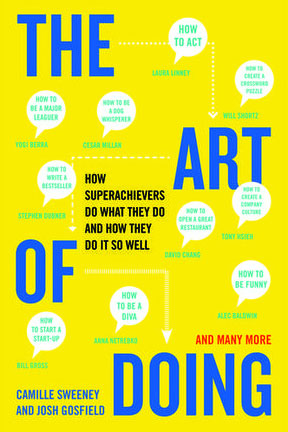
Humiliation is a word that can make us squirm uncomfortably. It is one of the least desirable of human emotions. Over the years, many people who have experienced severe workplace bullying, mobbing, and abuse have invoked the term to describe their experiences, especially when the mistreatment has played out publicly, ripped apart relationships, ended a career, or undermined an ability to earn a livelihood. In such cases, coping with and healing from humiliation are key parts of the road to recovery.
For those seeking insights on the mental health implications of humiliation, Drs. Linda Hartling and Evelin Lindner of the Human Dignity and Humiliation Studies (HumanDHS) network have authored an important article, “Healing Humiliation: From Reaction to Creative Action,” published in the Journal of Counseling & Development. Recognizing the “confluence of global crises that threaten, inflict, and intensify feelings of humiliation in the lives of countless numbers of individuals, families, and communities at home and around the world,” they take this approach to their topic:
We will briefly explore the history of humiliation research and explain how this experience is moving to the forefront of concern. We will apply a relational perspective to examine how degrading and derisive interactions inflict traumatic stress and social pain. Finally, we will offer a case example to illustrate specific ways counselors can help victims of humiliation heal, leading them out of destructive reactions into creative action.
I have known Linda and Evelin for many years, and I cannot praise too fulsomely their pioneering work on humiliation and human dignity. This article is among their latest difference-making contributions.
Publishing in a journal for counselors, their focus blends the social change framework with the need for skilled and sensitive clinical intervention. Here is part of their conclusion:
The study of humiliation is in its early stages. As the research develops, counselors need to apply their most sophisticated relational skills to read and repair the complex intrapersonal and interpersonal damage that can lead victims of humiliation to react with aggression or despair. . . . Victims of derision, degradation, and debasement need a safe relational space to begin the journey of transforming the pain of humiliation into constructive and creative action. By providing this healing space, counselors may find they are not only saving the life of a client but also healing society.
This piece is worth sharing with any counselor or therapist who might benefit from such wise and humane insights. It also may be a helpful read for those who are experiencing humiliation in connection with interpersonal abuse at work or in other contexts.
***
Linda Hartling and Evelin Lindner are Director and Founding President, respectively, of the HumanDHS network. Last year it was my pleasure to join the HumanDHS board of directors. We will be holding our 2016 Workshop on Transforming Humiliation and Violent Conflict in New York City on December 8-9, including a free public event on the evening of the 8th.






